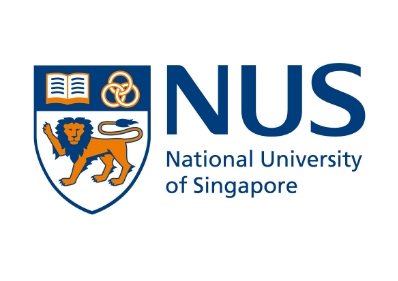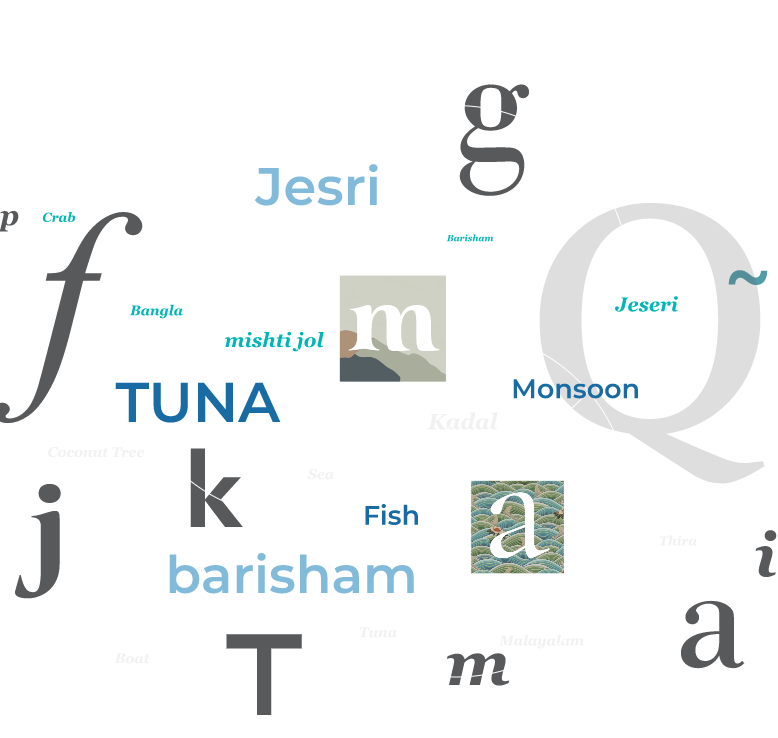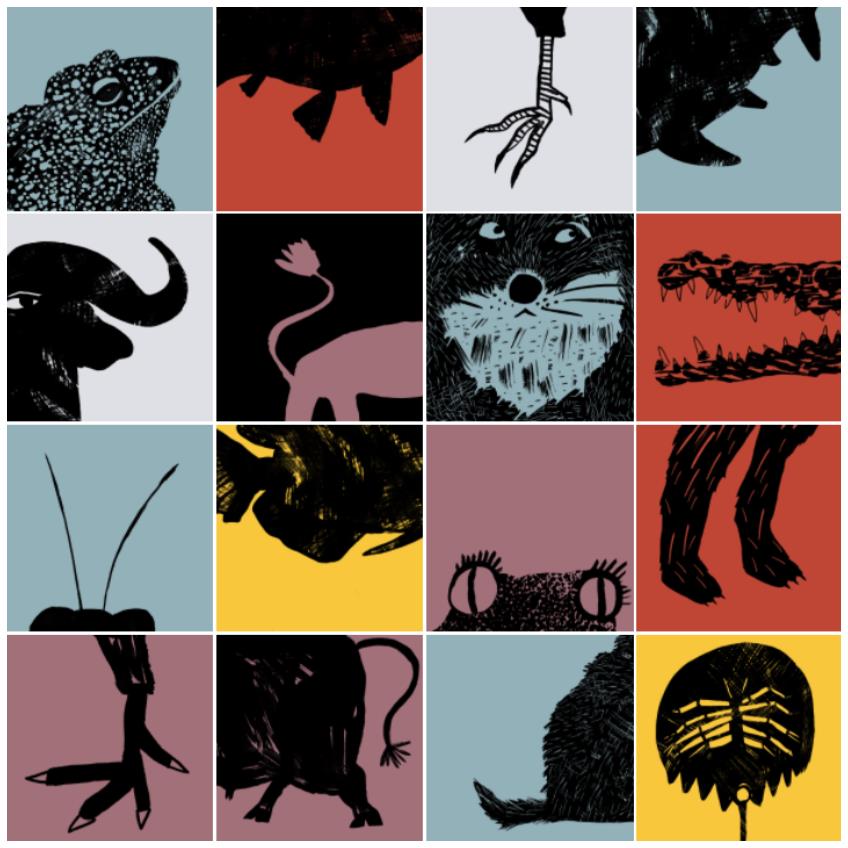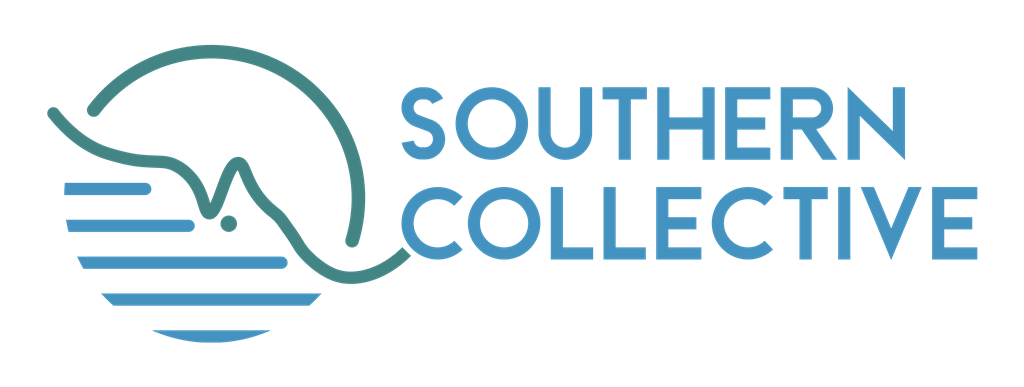Our mission is to build and sustain collaborative partnerships
aimed at democratizing knowledge production about marine worlds.
We are a collective of researchers and practitioners with diverse disciplinary backgrounds working across the northern Indian Ocean region.We share common interests related to coastal and marine challenges in the Indian Ocean region and a desire to promote meaningful South-South collaborations.
We imagine the Southern Collective to be a growing and inclusive
civil society space that brings together environmental researchers, development practitioners, artists, journalists, educational institutions, coastal community leaders and a range of ‘organic intellectuals’ to achieve the aim of re-centering maritime community-based knowledge around transboundary marine resources and migration.

Supported by






Projects
We imagine the Southern Collective to be a growing and inclusive civil society space that brings together environmental researchers, development practitioners, artists, journalists, educational institutions, coastal community leaders and a range of ‘organic intellectuals’ to achieve the aim of re-centering maritime community-based knowledge around transboundary marine resources and migration.
Migration Diaries
‘Migration Diaries’ attempts to curate stories of migrants lives and worlds beyond the binaries of tragedy and resilience, through a revisting of their experiences.
We hope to further contextualise these insights within broader academic, policy and popular discourses on distress migration.


Sea Lexicon
The ‘Sea Lexicon’ is a collaborative endeavor that aims at the co-creation of a lexicon based on words related to the sea. It is an invitation for a transregional thinking through the perspective of the sea.
We focus on words that animate the lives of coastal communities in various languages across the Indian Ocean.

The Asian Bestiary is a pedagogical project in line with the Southern Collective’s knowledge goals.
The project has been thought of as a work-in-progress and a participatory educational tool, representing animals whose products or body parts are being used for healing purposes.
It is part of an undergraduate course on nonhumans first offered by Annu Jalais at NUS, Singapore and Mathieu Quet at University of Paris, France. Students taking the course become aware of varied historical entanglements between human and non-human societies.

get in touch
We are open to ideas, up for a chat, and keen to exchange notes
on ways to build and sustain collective work across our seas.
So, if you want to work with us, learn more, or join us,
or support us in any way, drop us a line at
